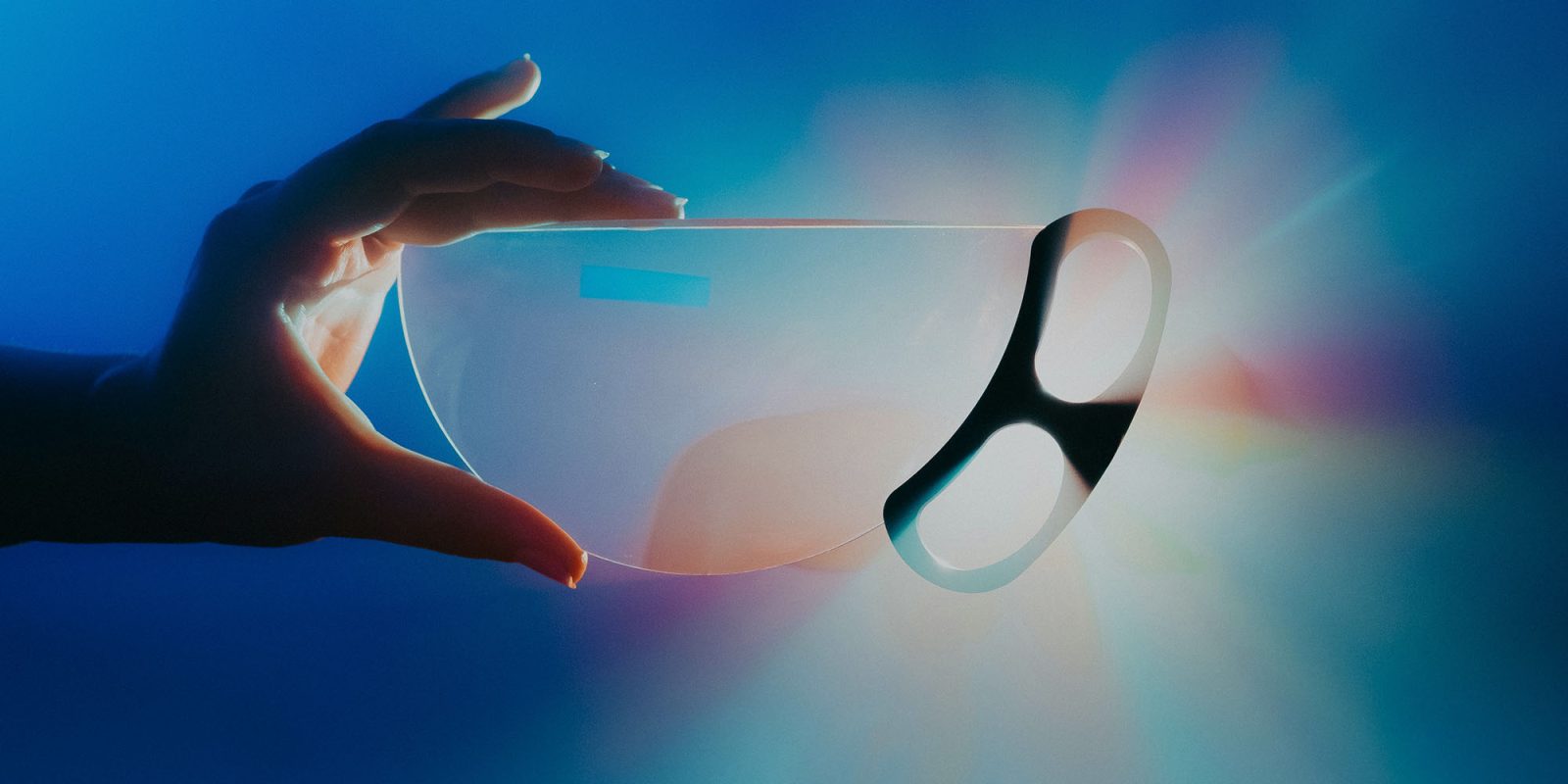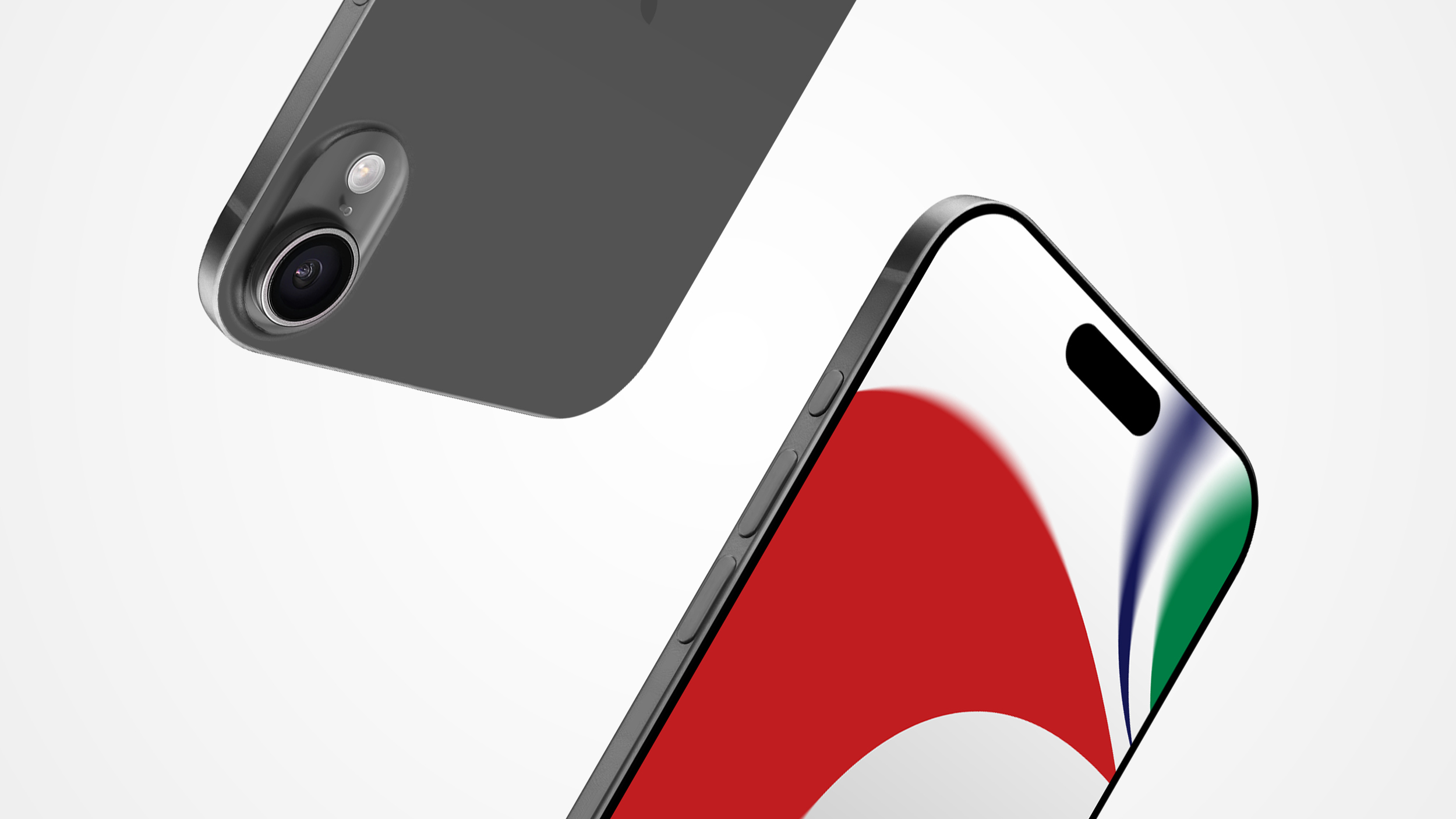
A patent granted today describes an Apple projector capable of displaying a mix of AR and VR content onto the desk and walls of your home or office without the need for a headset or screen.
The company says that a mix of low-res and hi-res content could be projected, and that the device might be motorized so that it can turn to display content on different surfaces …
As Patently Apple notes, it’s not the first time a patent has revealed Apple working on a digital projection system, but this appears to be the most sophisticated version yet seen.
One potential usage scenario described by the company is for the rest of us being able to see a version of the content being viewed by a Vision Pro user.
The high-resolution LED projector of an AR light system may be used to project a 2D image of AR or virtual reality (VR) content being viewed by a person in a room using an AR/VR system (e.g., an AR/VR headset or glasses) onto a surface (e.g., a table, or the floor) of the room so that other persons in the room can view what the person using the AR/VR system is seeing.
However, it’s not clear whether Apple also sees this as a potential standalone product, which could be used without a headset.
For example, some restaurants use projectors to display virtual menus onto tables, and some are working on fooling the eye into seeing 2D images as 3D ones. The now-abandoned Hololamp is an example of this.
While the Hololamp appears to project a hologram onto the restaurant tabletop, all is not what it appears to be. The portable projector uses 200 lumens to project a bright image on to the table top. But this is a flat image. And here is where the magic happens. The projector unit also serves as a face-tracking monitor. The unit tracks head and face position of the user to use parallaxis to change the image the user sees as their head changes position. This gives the illusion that the image is three dimensional.
You can see a mockup of this in the video below.
Apple says that its tech could be incorporated into a light-bulb like form-factor, and even fit a standard light-bulb socket.
In some embodiments, components of an AR light system including but not limited to the low-resolution LED projector(s) and the high-resolution LED projector may be packaged or contained within an enclosure or “bulb-like” structure of a transparent or semi-transparent material (e.g., glass or plastic).
In some embodiments, the AR light system may be connected to electrical power, for example via a conventional light socket.
Visible light or infrared cameras could be used to enable the projector to detect the size, shape, and textures of the room in order to facilitate the most realistic projections.
In some embodiments, the low- and high-resolution LED projectors may include integrated optical detection systems to detect objects and surfaces (e.g., people and specular surfaces such as mirrors or windows) within a room. The optical detection systems may also determine depth of objects or surfaces within a room.
In some embodiments, the optical detection systems may use infrared (IR) light to detect objects or surfaces. Information about objects and surfaces within a room collected by the optical detection systems may be fed back to the controller, which may use the information in controlling operation of the LED projectors.
Purely conceptual stock photo by Jakob Owens on Unsplash
FTC: We use income earning auto affiliate links. More.

 1 month ago
12
1 month ago
12







 English (US) ·
English (US) ·